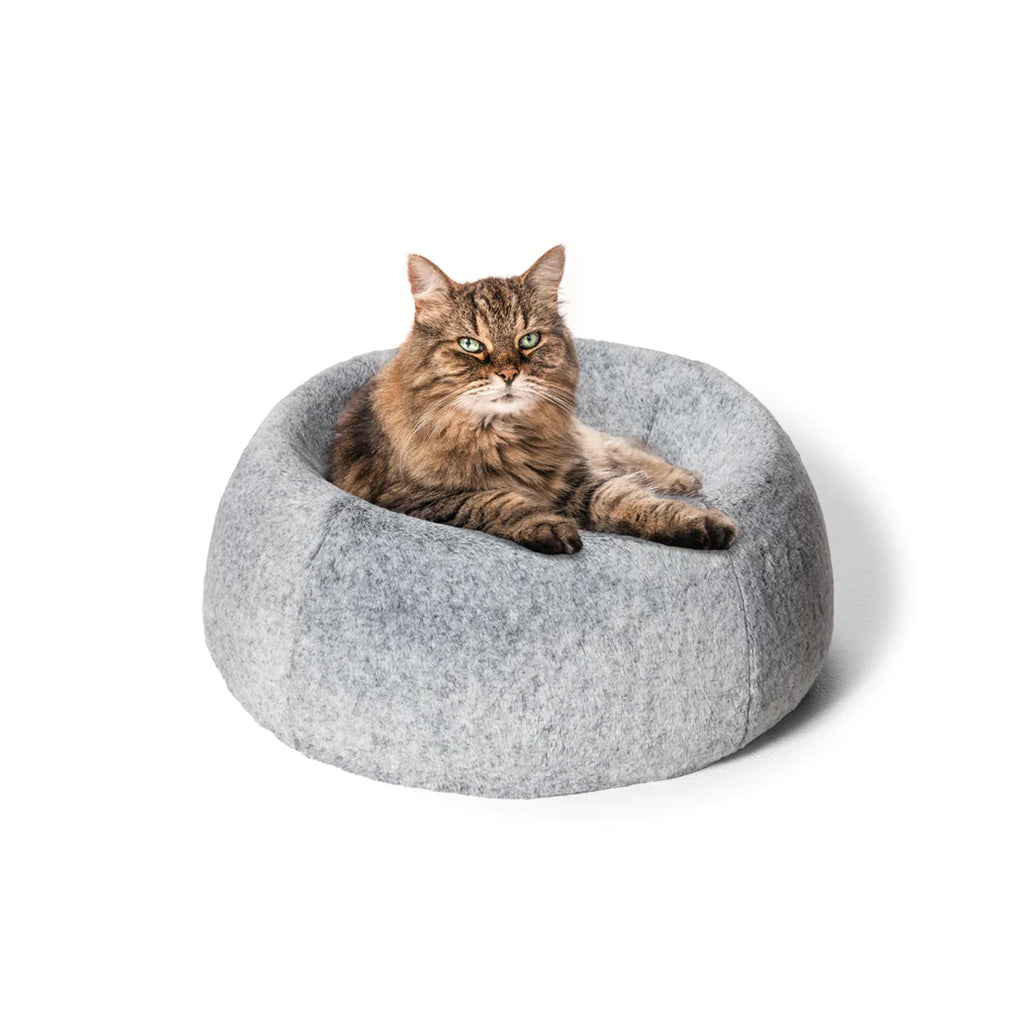Grasping your animal's sleeping habits is crucial for securing that they have the most cozy and supportive bedding. Just like individuals, pets have distinct requirements and necessities when it comes to rest. From the position they sleep in to their age and health conditions, various aspects play a critical role in selecting the most suitable pet bed. With so many choices available, making the best choice can feel intimidating.
In this article, we will discuss essential considerations for picking the right pet bed for your companion animal. Whether you have a young who prefers to bite on everything or a older dog suffering from mobility problems, understanding their resting habits can lead you to the bed that matches them most effectively. From orthopedic designs to beds for hot climates for tropical climates, we will discuss everything you need to know to ensure your pet lies down comfortably and at ease.
Choosing the Right Bed for Your Pet
Selecting the perfect bed for your pet is crucial to their happiness and happiness. Different pets have different sleeping habits, preferences, and physical needs. Begin by noticing your pet's typical sleeping position and habits. For example, a pet that huddles may prefer a donut-shaped bed for security, while one that stretches might thrive on a classic style or a raised edges for support.
Consider your pet's specific demands, especially if they are aged or have arthritis. Orthopedic beds and those with supportive materials can provide added comfort for aging pets or those suffering from arthritis. Remember to check the composition of the bed, as hypoallergenic options can help reduce reactions and skin irritations for sensitive pets. The appropriate material will enhance the overall health of your furry friend.
To summarize, take correct measurements of your pet to ensure you choose a bed that is adequate. A bed that is too small may cause unease, while one that is excessive might not give a sense of security. Review the bed's style and attributes, such as washable covers and durable materials, to align with your pet's behavior and lifestyle. With these factors in mind, you can choose a bed that not just meets your pet's comfort but also enhances their overall well-being.
Signs Your Pet Needs a New Bed
One of the most obvious signs that your pet needs a new bed is noticeable deterioration. If Discover More is bumpy, ripped, or compressed, it no longer provides the backing and coziness your pet requires. Over time, the materials can deteriorate, losing their ability to provide a comfortable resting place. Regular assessments of the bed's condition can help you recognize when it's time for a swap.
Another indicator is shifts in your pet's sleeping behavior or position. If you notice your furry friend frequently changing positions, struggling to get comfortable, or sleeping in unusual places, it may be a signal that their bed is no longer appropriate. Snooza Cuddler may also begin seeking out cooler or gentler surfaces, which could point to discontent with their current bedding situation.
Finally, consider any visible changes in your pet, especially if they are older or have incurred joint issues. If your pet appears to have discomfort while lying down or rising from their bed, it might be time to invest in a more supportive option. Look for beds tailored to provide orthopedic support as they can dramatically improve your pet's well-being and overall .
Care and Care for Pet Beds
Routine maintenance is essential to prolong the life of your pet's bed and keep it clean. Begin by checking the manufacturer's care instructions, as various materials may have unique cleaning requirements. For many pet beds, a simple routine of vacuuming can help remove pet hair and dander, while spot cleaning with a mild detergent can address small stains. If the bed is machine washable, it's recommended to wash it regularly, ideally every few weeks, to avoid odors and bacteria buildup.

Examine the bed for any signs of wear and tear, such as frayed seams or discolored fabric. If you notice significant damage, it might be time to think about a replacement or to repair the bed if possible. For beds that are meant for dogs that chew or dig, seek out chew-resistant features to ensure longevity. Keeping an eye on these factors will provide your pet with a neat and comfortable sleeping space.
In conclusion, think about the environment in which the bed is used. If it's placed outside or in a busy area of your home, it may require more frequent cleaning and maintenance. Elevated beds may need less cleaning than those that rest directly on the floor. By grasping these care practices, you can ensure your pet's bed remains a inviting and comfortable place for rest and repose.
